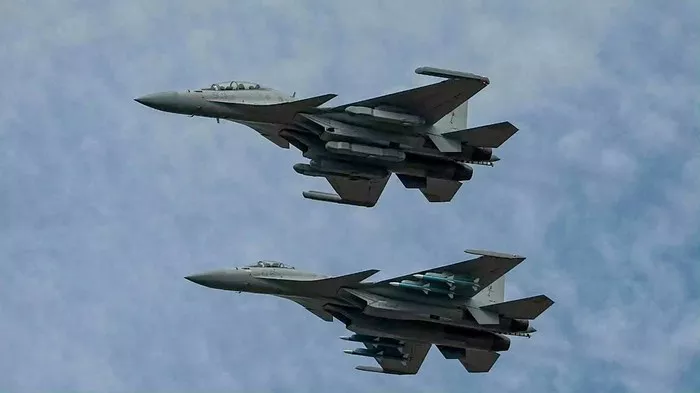Defense researchers in China have developed a cutting-edge plasma excitation system that significantly improves the efficiency of high-altitude drones. By generating electrically charged air particles—known as plasma—on drone wings, the technology enhances aerodynamic performance and extends flight endurance.
High-altitude, long-endurance (HALE) drones like the US RQ-4 Global Hawk and China’s CH-9 operate above 10,000 meters (32,800 feet), where thin air reduces lift and aerodynamic efficiency. Maintaining stable flight at these altitudes, especially at low speeds or with heavy payloads, poses a major engineering challenge.
The team at the China Aerodynamics Research and Development Centre (CARDC) in Sichuan province addressed this by installing a plasma generator on drone wings. The device emits 16,000 volts to ionize air 8,000 times per second, creating plasma bursts that interact with airflow to prevent separation from the wing surface. This method improves the lift-to-drag ratio by up to 88%, allowing drones to maintain lift even at reduced speeds.
However, plasma excitation introduces plasma vortices—swirling air currents that can destabilize flight during maneuvers. To counter this, researchers are developing a closed-loop control system that dynamically adjusts plasma output in response to real-time flight conditions, acting like an autopilot for plasma management.
Once refined, this technology could enable drones to stay airborne longer, reducing refueling needs and enhancing capabilities in reconnaissance, disaster response, and military surveillance. Experts suggest plasma control could eventually benefit other aircraft and space vehicles operating in thin atmospheres.
“Long-endurance drones are vital for military and civilian missions, and demand for these systems continues to grow,” said Zhang Xin, senior scientist at CARDC’s State Key Laboratory of Aerodynamics. The breakthrough may provide China with a competitive edge in next-generation aerospace innovation.
Related topics:

